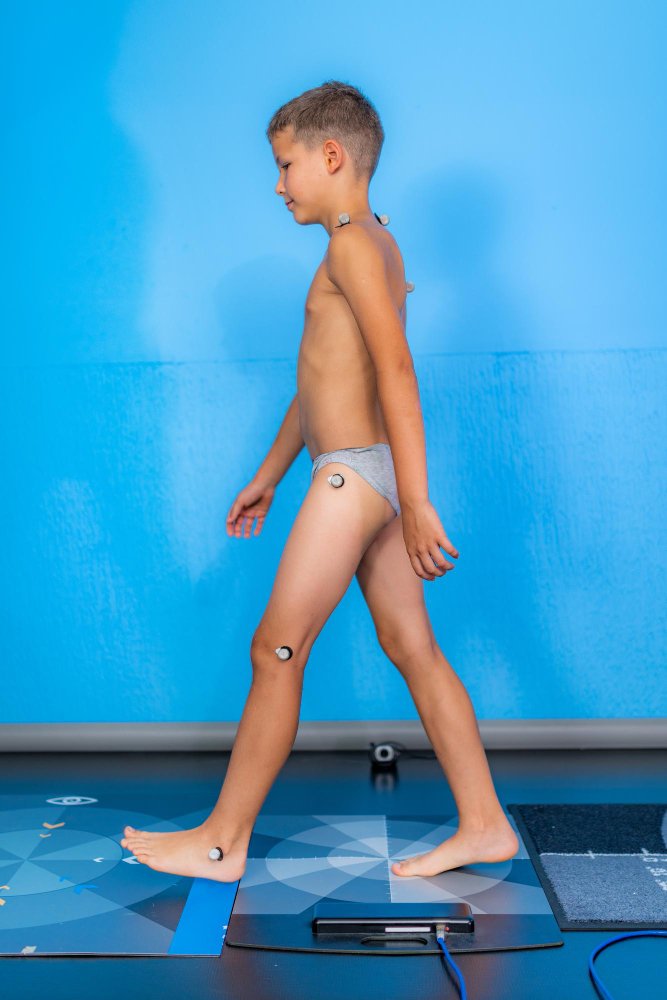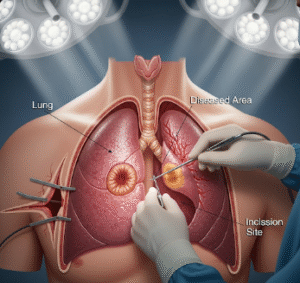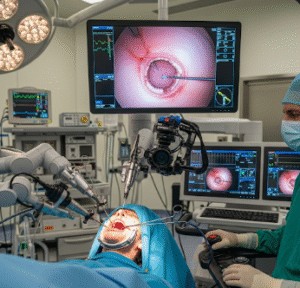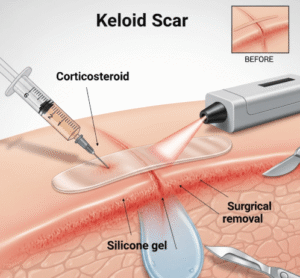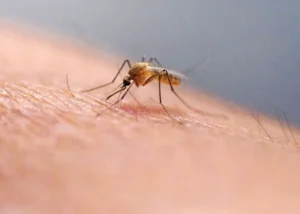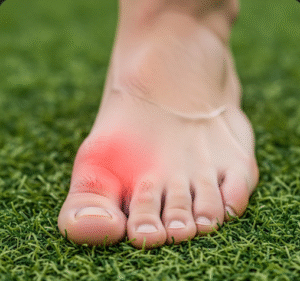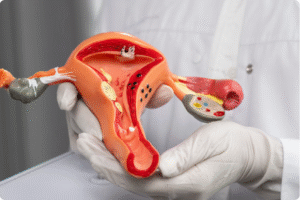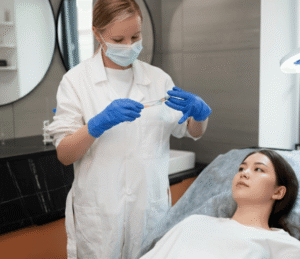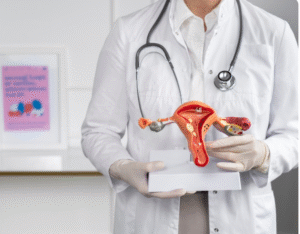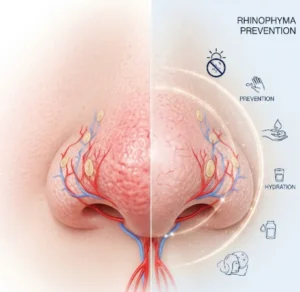Overview
Achondroplasia is the most common form of dwarfism, a genetic disorder that affects bone growth, particularly in the long bones of the arms and legs. People with achondroplasia typically have a normal-sized torso with short limbs, a prominent forehead, and specific facial and skeletal features. It does not affect intelligence or life expectancy in most cases, though it can lead to various health complications that require medical attention.
What is Achondroplasia?
Achondroplasia is a genetic bone growth disorder caused by a mutation in the FGFR3 gene (fibroblast growth factor receptor 3), which regulates bone development. This mutation causes the growth plates in bones to close too early, resulting in disproportionately short stature and other skeletal abnormalities.
It follows an autosomal dominant inheritance pattern, meaning only one copy of the altered gene is enough to cause the condition. However, about 80% of cases occur due to new (spontaneous) mutations, with no family history.
Symptoms
Typical physical features and symptoms include:
- Short stature (adult height around 4 feet or 120 cm)
- Disproportionately short arms and legs (especially upper arms and thighs)
- Large head with a prominent forehead (frontal bossing)
- Flattened bridge of the nose
- Curved lower spine (lordosis) or exaggerated outward spine curve (kyphosis)
- Short fingers with a trident (three-pronged) hand appearance
- Limited elbow extension
- Bowed legs
- Muscle weakness
- Delayed motor skills in infancy (e.g., sitting, walking)
Causes
Achondroplasia is caused by a mutation in the FGFR3 gene, which regulates bone growth by limiting it. The mutation keeps the gene overly active, slowing down bone formation, especially in the long bones.
Key points:
- 80% of cases are due to new mutations (not inherited).
- 20% are inherited from a parent who also has achondroplasia.
- Two copies of the mutated gene (homozygous achondroplasia) are lethal, typically resulting in death before or shortly after birth.
Risk Factors
- Parental age: Advanced paternal age (over 35) slightly increases the risk of new mutations in sperm.
- Genetic inheritance: A parent with achondroplasia has a 50% chance of passing it to their child.
- No lifestyle or environmental factors influence its occurrence in new mutations.
Complications
While many individuals lead full lives, achondroplasia can lead to several medical issues, including:
- Spinal stenosis: Narrowing of the spinal canal, which can compress the spinal cord
- Sleep apnea: Breathing pauses during sleep
- Middle ear infections: Due to narrow eustachian tubes
- Hearing loss: From chronic ear infections
- Hydrocephalus: Accumulation of fluid in the brain (rare but serious)
- Delayed motor development: Due to low muscle tone and limb structure
- Obesity: Common in childhood and adulthood
- Orthopedic issues: Including bowed legs and joint pain
Prevention
There is no way to prevent achondroplasia, especially in cases caused by spontaneous genetic mutations. However:
- Genetic counseling is recommended for parents with a family history or one parent affected by the condition.
- Prenatal genetic testing or ultrasound may detect skeletal abnormalities during pregnancy.
Treatment Options Korea
1. Supportive & Medical Care
- Growth monitoring and regular checkups with pediatric specialists
- Physical therapy for muscle strength and mobility
- Hearing and vision screening due to common complications
2. Growth Hormone Therapy (Limited Effect)
- May be offered in early childhood
- Limited impact on final height
3. Vosoritide (CNP analog – New Drug)
- Recently approved in some countries for children with achondroplasia
- Not yet widely available in Korea (as of now, may be accessed through clinical trials or special approval)
4. Orthopedic Interventions
- Surgery for leg bowing, spinal stenosis, or kyphosis
- Limb lengthening surgery (available in specialized Korean hospitals; highly controversial and long recovery)
5. Psychosocial Support
- Family counseling and support groups
- Educational and workplace accommodations

